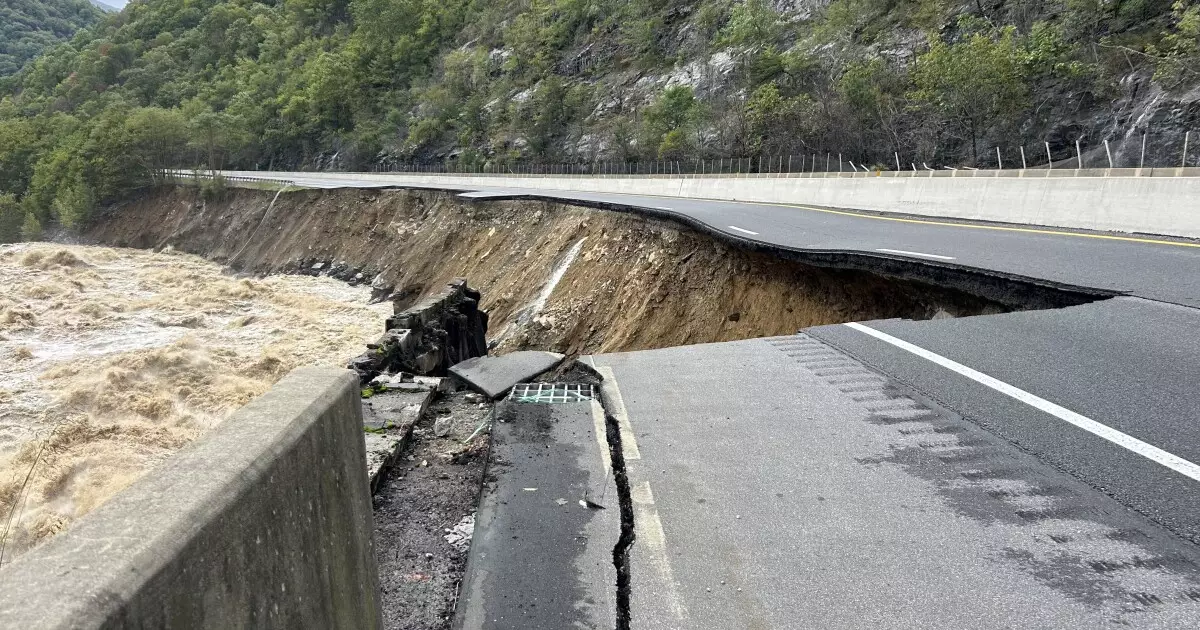In recent months, President Donald Trump’s administration has come under scrutiny for proposing drastic cuts to essential disaster relief programs. Specifically, reports indicate plans to reduce staffing levels in key agencies responsible for overseeing natural disaster aid, notably the Community Development Block Grant – Disaster Recovery (CDBG-DR) program and the Federal Emergency Management Agency (FEMA). As analysts grapple with this potentially hazardous decision, the implications for future disaster response become glaringly apparent.
The suggested reduction of 84% of staff at the Office of Community Planning and Development, a division of the Department of Housing and Urban Development, raises red flags among policymakers and emergency management experts. The CDBG-DR program serves as a vital funding source for recovery efforts after natural catastrophes, alongside FEMA’s contributions. The possibility of dismantling or severely restricting these agencies could result in delayed, inefficient, and poorly coordinated disaster responses—simulating a scenario ripe for criticism akin to past government failures in crisis management.
David Victor, a noted professor from the University of California at San Diego, accurately anticipates that “when the first disasters hit, this will become the central narrative of the story.” His comparison to the catastrophic response to Hurricane Katrina suggests that a lack of coherent disaster management strategies could greatly tarnish Trump’s administration’s reputation, particularly if the consequences directly affect thousands of people in distress.
The concerns extend beyond public perception; analysts examine how these policy shifts might impact credit ratings and state economies in the long run. Municipal Market Analytics partner Matt Fabian offers insights implying that with fewer staff managing post-disaster grants, the release of funds could slow, leading to increased uncertainty and errors. Institutions such as S&P Global Ratings have noted that federal programs aiding disaster recovery are generally seen as credit supportive. However, any alterations to these mechanisms could carry unknown credit implications regionally and nationally.
A lingering question highlights the importance of effective and timely federal aid. As seen in Puerto Rico following two destructive hurricane seasons in 2017, the federal government has already faced challenges with slow disbursement of aid. Nearly two-thirds of the relief promised had not been distributed by the start of fiscal 2025, raising further concerns about the Trump administration’s capacity to manage expedited aid dispersals amidst deep cuts to personnel.
Trump’s call to potentially replace FEMA with direct state funding—where he argues that individual state governments could handle disaster assistance more adeptly—presents an interesting debate about the responsibility of federal versus state intervention. This perspective prioritizes state control; however, it raises concerns about whether states have the resources and infrastructure needed to effectively manage large-scale disaster recovery without federal support.
For instance, North Carolina Governor Josh Stein has recently submitted a request for an additional $19 billion in federal funding for recovery from Hurricane Helene. Stein’s call for federal assistance underscores the reliance on federal programs such as CDBG to effectively rebuild and recover. As local economies face immense pressure from damaged infrastructure and immense financial loss, stripping these essential support systems could hinder recovery efforts, leaving states to tackle significant costs without the necessary federal backing.
The proposed cuts to disaster relief programs signal a potential crisis management failure on the horizon. As communities across the nation face increasing natural disasters, the ability to respond effectively becomes paramount. The ramifications of under-resourced agencies could amplify human suffering while simultaneously stalling economic recovery.
In a climate characterized by unpredictable and severe weather events, maintaining robust disaster relief systems must become a priority. Effective disaster response requires not only adequate funding but also well-trained personnel to navigate the complexities of aid disbursement. As the country moves forward, scrutiny of these proposed cuts should remain rigorous; the stakes are simply too high to ignore the potential fallout from insufficient disaster aid structures.

